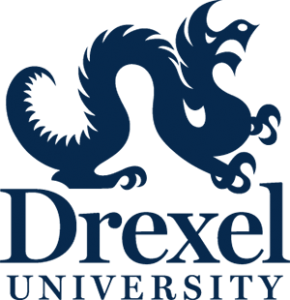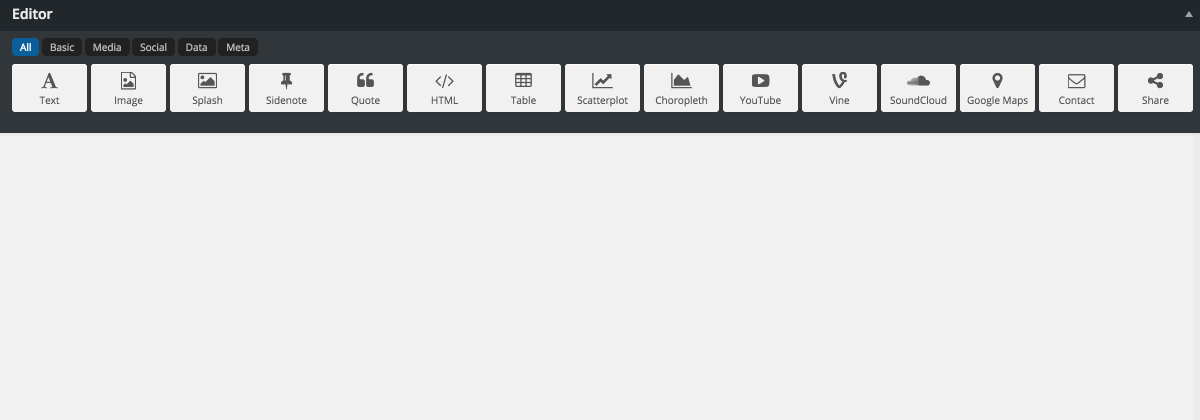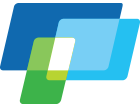Following through on our renewed focus on diversity, education and accessibility that we announced over the summer, the jQuery Foundation has in the past couple of months hosted one event and sponsored another devoted to increasing diversity in tech through outreach and education.
jQuery Developer Summit
October 16-18, the jQuery Foundation, along with partners Women of Color in Tech Chat, Manhattan JS, Girl Develop it, and Coalition for Queens, hosted 50 developers in New York City for the jQuery Foundation Developer Summit.
This free three-day event, which was generously hosted by Digital Ocean, was designed to make open source development more accessible to, and inclusive of, members of underrepresented groups in technology. Participants of all skill levels and disciplines learned best practices and essential skills from current open source contributors and project representatives, and made contributions to an open source project that interests them.
The event heralded several firsts:
- the first jQuery Developer Summit in three years
- the first jQuery Foundation event in New York City
- the first time we’ve been able to run an event that’s free to participants
- the first time we’re working with partners to focus on improving the representation of diverse communities in open source
- the first event that brought together project leads from both the jQuery Foundation and Dojo Foundation after our recent merge of these organizations
In creating this event, the jQuery Foundation sought to remove as many barriers as possible to attending a tech event and getting involved in open source. To achieve our aim, we scheduled the event on a weekend to avoid work conflicts, made it free to all attendees to remove income barriers, kept the size small to ensure a low mentor:attendee ratio, partnered with local organizations for underrepresented groups, and followed the jQuery Foundation Code of Conduct. Our efforts paid off, making this event a safe and welcoming environment for everyone.
The Agenda
Friday night we had a nice meet and greet with food and drink. Mentors helped get everyone’s laptop set up with all the software they’d need to hit the ground running Saturday morning.
Saturday began with a series of introductory presentations by experienced developers and in many cases leaders of jQuery Foundation and other Open Source projects. The intent was to orient new attendees to the why, how and what of contributing to Open Source projects.
Why Contribute?
Anne-Gaelle Colom, Content Lead for the jQuery Foundation and Teaching Fellow at University of Westminster shared how she first got involved with mobile programming in 1996, and how her eventual involvement in jQuery projects helped her gain recognition and status as a woman in a male-dominated profession and University department. Find her presentation here.
Additional presentations, which ran during the morning on Saturday and Sunday, covered all the basics one needs to understand in order to get started contributing to Open Source. The speakers and content were really great. Where possible, the slide links are included below.
- Adam Sontag – Intro “Fixing a simple bug narrative”
- Dave Methvin – Reporting and Triaging Bugs
- Ashley Williams – Pull Requests, Code Review, Automated Checks (CLA, CI, etc)| Open Source licenses and CLAs
- Brian Brennan – Command Line + Git + Pull Requests
- Adam Ulvi – How does this all go live -> Virtual Machines / Vagrant
- Nick Hehr – Contributing Code
- Leo Balter – Unit Tests
- Sarah Frisk – Project Communication, Open Source principles applied to the workplace/your career
- Rushaine McBean – Community/Inspirational/Aspirational – “Soft” ways to get involved (meetups, conferences, speaking etc)
- István Szmozsánszky Flaki – Browser Dev Tools Workshop
Had the best wknd at #jqsummit! Huge thanks to @jqcon and of course @digitalocean for allowing this fun event (and my first PR) to happen!
— Amy Etheredge (@theaemarie) October 19, 2015
Skills
At the end of the presentations on Saturday, all of the mentors gave a quick overview of their project and attendees paired up with the project that most interested them.
A9: I submitted two pull requests at the #jqsummit & got a better handle on BDD unit testing! @radiomorillo #WOCinTech
— Joelle (@joasqueeniebee) October 21, 2015
The jQuery Foundation just hosted its first coding dojo today at #jqsummit and it was amazing! pic.twitter.com/2MGree3UYG
— Leo Balter (@leobalter) October 18, 2015
Mentors walked attendees through setting up their environment with virtualbox, node, npm, git, and an editor.
So fun working on @tesselproject with new contributors at #jqsummit. This was an awesome opportunity!
— trim the tree (@timcameronryan) October 18, 2015
Demonstrating how to do performance debugging with @slsoftworks using @FirefoxDevTools at the #jqsummit pic.twitter.com/6Cq85d0gYq
— jQuery Conference (@jqcon) October 18, 2015
Disciplines
Participants worked in teams made up of members of different disciplines, ensuring that everyone was able to make a meaningful contribution in line with their strengths and interests. These include:
- programming
- documentation
- server/network administration
- design
- community development
Projects
Participants worked alongside project team members, making contributions in all these disciplines to popular open source projects, some of which included:
Results
Several attendees responded to our post-event survey. Here’s some of the feedback:
The Summit benefitted me in so many ways. I really valued the proportion of mentors to mentees. It was great to have so many experts floating around to be able to spend one on one time with you wherever you might have been in your path. I liked the casual flexibility of it all.
I think you did an awesome job of getting a variety of people to attend.
I am really glad that you included the LGBTQ community. I have NEVER EVER seen such diversity at any other event or conference I have ever attended in my 21 years in tech.The most valuable aspect was contributing to open source. The summit made me realize that open source is more than just code.
We also asked mentors for their thoughts:
The almost 1-on-1 ratio of speakers/mentors to attendees made this event so intimate and gave me the opportunity to really meet people and find out about them, what their interests were and how they could benefit open source and how open source could benefit their life.
The enthusiasm of the attendees and their desire to get involved was amazing! It’s obvious that so many people just don’t get involved in open source because they can’t get past the on-boarding and that is somewhere we can definitely help!
Mozilla View Source
November 2-4, the jQuery Foundation sponsored the Diversity in Tech Corner at Mozilla’s View Source event in Portland, OR.
The goal of View Source was to provide an in-depth, practical look at current and on-the-horizon technologies, with plenty of opportunities for conversation.
Caterina Paun, Director of the Portland Women Who Code network greeted attendees in the Diversity in Tech Corner and led discussions about women in the engineering workforce, how to join an all-male team as a woman, and how companies can support the careers of women.
While there is undoubtedly much work yet to be done to make the collective of web builders as diverse as the web’s consumers, judging by the Twitter conversations, this event at least served as a beacon for inclusiveness.
Recurring and important theme at #ViewSource is focus on users/humanity through technology, not fetishism of shiny new technology.
— Lucas Myers (@unthunk) November 4, 2015Once in a while I lose my way in terms of what I do and what I want as a web developer. Conferences like @viewsourceconf help me refocus.
— Alicia Sedlock (@aliciability) November 4, 2015With day 1 complete, I must say, the most striking part about the day was the amount of smart women who took the stage. @viewsourceconf
— Elaine Oliver (@evoliver) November 3, 2015
Next Up for the jQuery Foundation
We still have a long way to go and a lot of work to do but as we continue to execute on our goal to increase diversity in open source, keep an eye out for announcements of future event sponsorships, speaking engagements and developer summits going into 2016!









